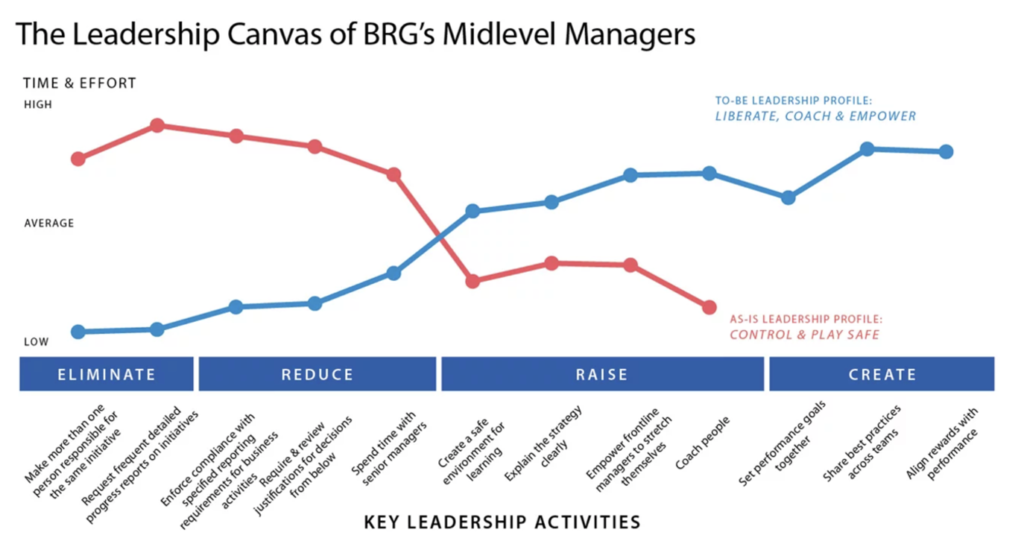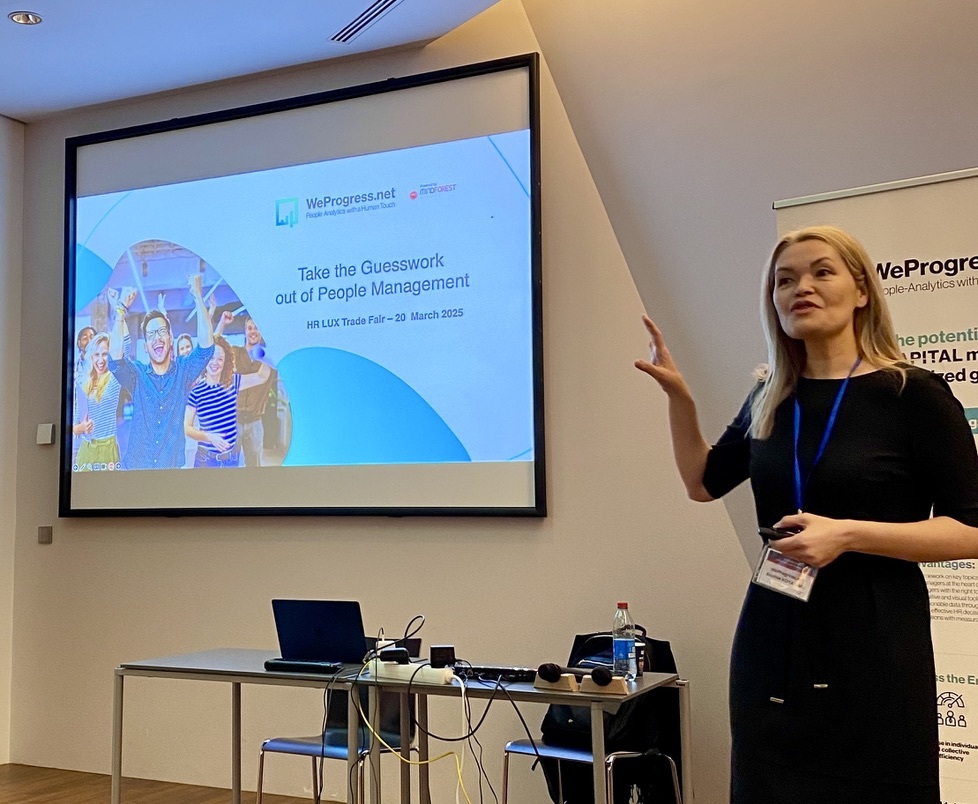Action-orientated leadership
Action-based leadership renewal
New behaviours are developing within organisations. On the one hand, the emergence of digital tools favours the expression of employees’ opinions and on the other hand, generation Y is entering the labour market. This younger generation is more collaborative and questioning than their elders, and is helping to challenge the traditional hierarchical structure. The combination of these trends increases the need for practitioners and researchers to question the issue of leadership.
From red oceans to blue oceans
One of the most striking approaches in this area is that of ‘Blue Ocean Leadership’ proposed by W. Chan Kim and Renée Mauborgne. These two INSEAD professors and researchers made a name for themselves with their book “The Blue Ocean Strategy”, which has since become a reference work. In it, the authors set out an approach to help organisations in their quest for new market spaces. The approach, illustrated by numerous examples, enables organisations to redefine their strategic positioning by promoting innovation while also reducing costs. It is about being creative in order to widen the circle of customers and creating new market trends. In a nutshell, the operation consists of leaving the red oceans (bloody strategic spaces where competition is raging) to conquer the blue oceans (new market spaces, free of any competition).
A few years later, the authors apply the foundations of the approach to leadership. They are interested in determining how to obtain the best commitment from employees based on the actions of leaders. The aim is to free up energy by focusing management on tasks with real added value.
For a more action-orientated leadership
Kim and Mauborgne’s proposal differs from traditional approaches to leadership. It is not about focusing on the psychology of the leader, but about adopting a very pragmatic orientation. Their method makes it possible to determine how much time and effort leaders should devote to their activities, depending on the added value they bring to their superiors, peers or subordinates.
The first step is to assess how managers at all levels of the organisation use their time and energy. How muchtime and effort are spent talking to their superiors or to their teams? Reporting? Explaining strategy? Coaching?
This information, which can be gathered through interviews, forms an initial framework, represented by a value curve. It is then a matter of redrawing a new “leadership canvas” for each level of management to better meet the stakeholder expectations. The approach thus aims to involve the different hierarchical levels and to focus on the service provided to internal customers (collaboration, support, explanations, etc.).
An example is provided by the following illustration. It concerns the repositioning proposed to middle managers following the application of the “Blue Ocean Leadership” method. They are encouraged to spend less time on control activities and to position themselves more as coaches for their teams.

A leader above all at the service of his/her internal clients
It is no longer a question of focusing on what the leader should be but on what (s)he should do. The approach is therefore much more pragmatic, considering that it is easier and quicker to change a manager’s actions than his/her values, qualities or behaviour.
In other words, it is a question of looking the reality of leadership in the face and placing oneself in a logic of service to internal clients. This idea can be compared to the concept of ‘Servant Leadership’ introduced in the 1970s by Robert K. Greenleaf. The “Servant Leader” is the one who seeks above all to make his/heremployees grow. (S)He puts in place all the conditions that promote the development and fulfilment of his/herteam. Confidence in the performance of employees, guidance and support take precedence over managers’supervisory and controlling activities.
These original and pragmatic approaches therefore propose principles and methods that are essential for producing real change in these times of a search for a new leadership styles.
Bibliography
Greenleaf, R. K. (1970). The servant as leader. Robert K. Greenleaf Publishing Center.
Kim W.C, Mauborgne R. (2005), Blue Ocean Strategy, Harvard Business Review Press.
Kim W.C, Mauborgne R. (2014), Blue Ocean Leadreship, Harvard Business Review, May.
WANT TO RECEIVE OUR LATEST THOUGHT LEADERSHIP CONTENT?
Related posts
 Take the Guesswork out of People Management
Take the Guesswork out of People Management
 From processes to people: achieving quality
From processes to people: achieving quality
 Daring to lead Positive Transformation: What if Positive Emotional Capital was your key to sustainable change?
Daring to lead Positive Transformation: What if Positive Emotional Capital was your key to sustainable change?
 Why hire Change management professionals? We can do it alone!
Why hire Change management professionals? We can do it alone!
 Digital Transformation and Change Management: Lessons shared in an event hosted by Cebi and MindForest
Digital Transformation and Change Management: Lessons shared in an event hosted by Cebi and MindForest



